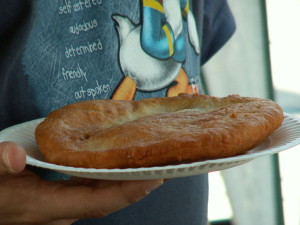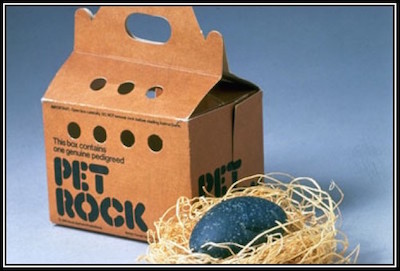 Let’s say you are about to go on a job interview, or perhaps on a first date (a meeting with someone you are romantically interested in). Your hair looks great. Your clothes are nice. But you are worried about what the other person will think of you. You want to seem like you are an intelligent person, a smart person.
Let’s say you are about to go on a job interview, or perhaps on a first date (a meeting with someone you are romantically interested in). Your hair looks great. Your clothes are nice. But you are worried about what the other person will think of you. You want to seem like you are an intelligent person, a smart person.
Is there anything you can do to make you look smart, even if you are not?
It turns out (It just so happens) that there are things you can do to look smart, but some of them are not what many people think will make them look smart.
A series of studies (scientific investigations) by a professor at Loyola Marymount University here in Los Angeles found that some of the things you think make you look smart, don’t. For example, here are some things that people think will make them look smart:
- Putting on (Having) a serious look on your face
- Holding your hands and arms very still (not moving them)
- Using big words and complex (complicated) sentences
- Moving or talking faster than others around you
In the studies, none of these things that people thought would make them look smart actually did. In fact, using big words and talking or moving more quickly actually makes people think you are less intelligent than if you used simpler language and spoke more slowly.
But there were four other things that people thought would make them look smart that actually did make them look smart:
- Looking at others while speaking
- Standing or sitting up straight (erect; vertical)
- Wearing glasses
- Using a middle initial (first letter of your middle name) when you sign your name
The first three don’t surprise me, but the last one does. Apparently, I will look smarter if I sign my name “Jeffrey L. McQuillan” than if I sign it “Jeffrey McQuillan.” Good thing I have a middle name!
There were also a few things that people didn’t name (mention; say) as ways of making one look smarter that people actually do pay attention to. These include:
- Having a self-confident expression (looking sure of or really believing what you are saying)
- Nodding (moving your head up and down when someone else is talking) and gesturing (using your hands to express yourself)
- Speaking in a pleasant (nice-sounding) voice
- Using clear (easy to hear and understand) language
Of course, looking smart and being smart are not the same thing. If you aren’t very smart, eventually (at some time in the future) the other person will probably figure it out (realize it). But for now, put on those glasses, sit up straight, and look the other person in the eye. You might just get that job – or a second date – if you do.
~Jeffrey L. McQuillan
Image Credit: Einstein by Robert Beerwerth


